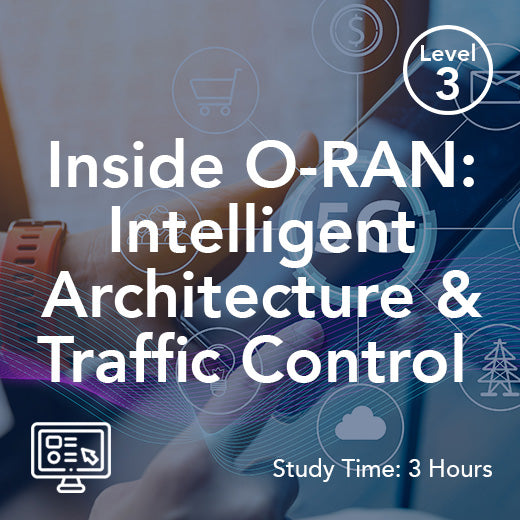What Is Nrf In 5G Core
- , by Stephanie Burrell
- 2 min reading time
The Next-Generation Node (NGN) Repository Function (NRF) is a crucial component of the 5G core network architecture. It plays a key role in enabling the dynamic deployment and configuration of network functions in a 5G network. The NRF acts as a centralized repository for network function information, allowing for efficient and seamless communication between different network functions.
In simple terms, the NRF is responsible for storing information about the available network functions in a 5G network. This information includes details such as the capabilities, location, and status of each network function. By maintaining this repository of information, the NRF enables network functions to discover and communicate with each other in a dynamic and efficient manner.
One of the key benefits of the NRF is its ability to support network slicing in 5G networks. Network slicing is a key feature of 5G that allows operators to create multiple virtual networks on top of a single physical network infrastructure. Each network slice can be optimized for specific use cases, such as enhanced mobile broadband, ultra-reliable low-latency communication, or massive machine-type communication.
The NRF plays a crucial role in enabling network slicing by providing network functions with the information they need to establish and maintain connections within a specific network slice. By centralizing this information in a single repository, the NRF simplifies the process of setting up and managing network slices, making it easier for operators to deliver customized services to their customers.
In addition to supporting network slicing, the NRF also plays a key role in enabling service-based architecture in 5G networks. Service-based architecture is a fundamental shift in the way that network functions interact with each other, moving away from traditional point-to-point connections towards a more flexible and dynamic model based on service-based interfaces.
The NRF acts as a central point of control for service-based interactions in a 5G network, allowing network functions to discover and communicate with each other using standardized interfaces. This approach makes it easier for operators to deploy new services and applications in their networks, as network functions can be dynamically configured and reconfigured as needed.
Overall, the NRF is a critical component of the 5G core network architecture, enabling operators to deliver innovative services and applications to their customers with greater flexibility and efficiency. By centralizing network function information and supporting network slicing and service-based architecture, the NRF helps to unlock the full potential of 5G networks and pave the way for a new era of connectivity and communication.

































